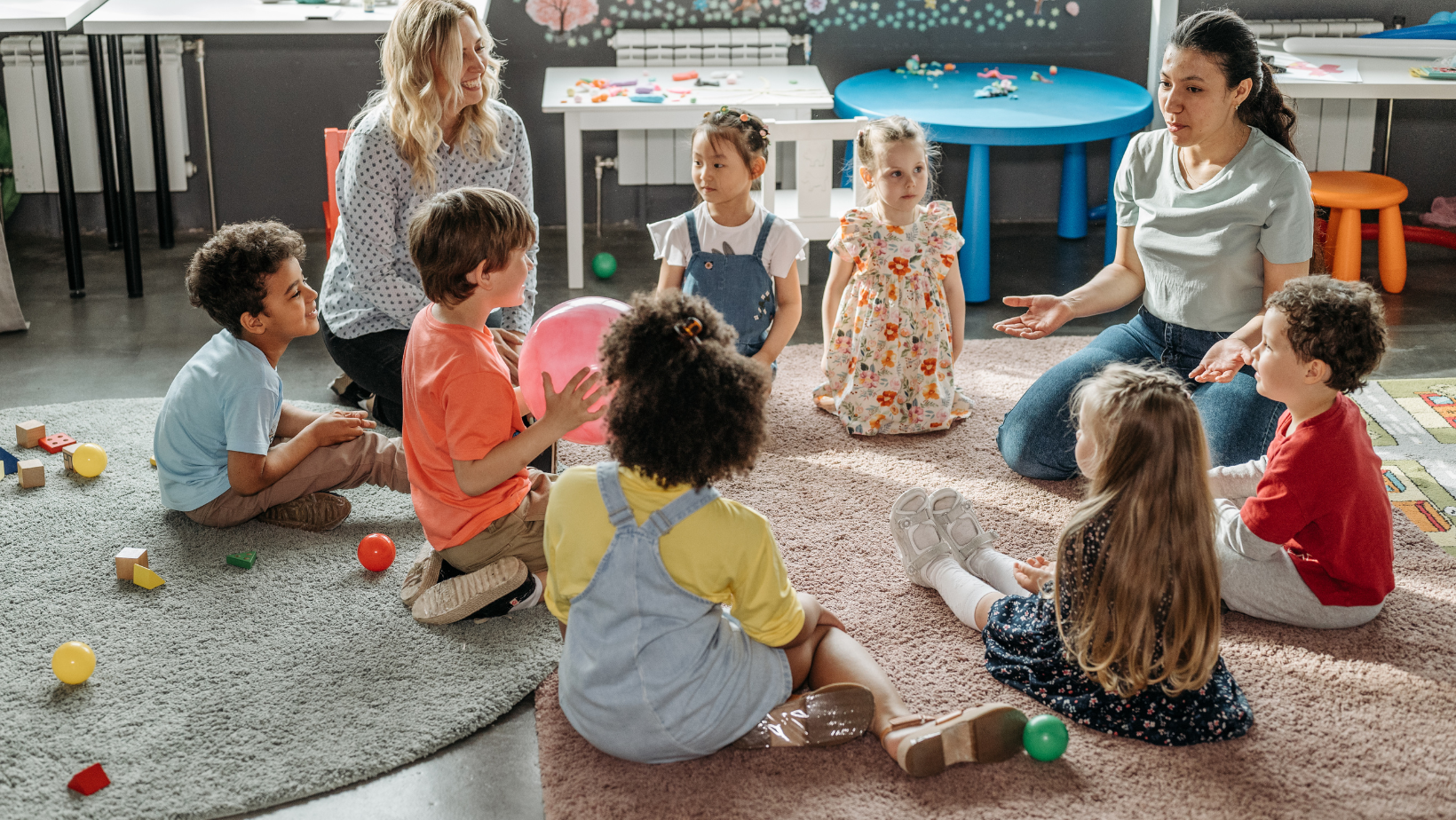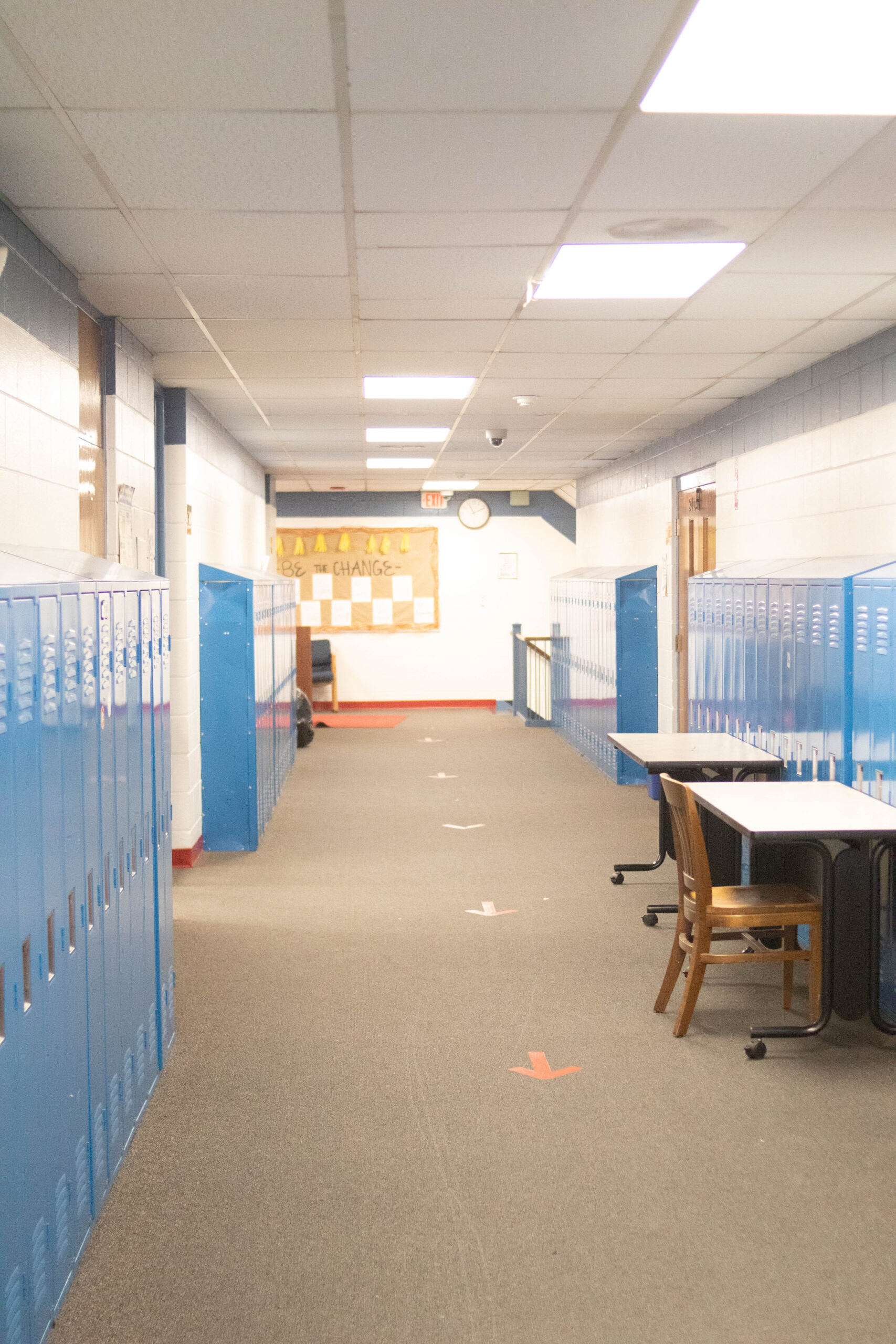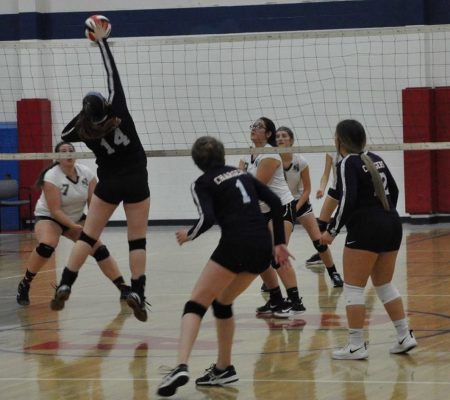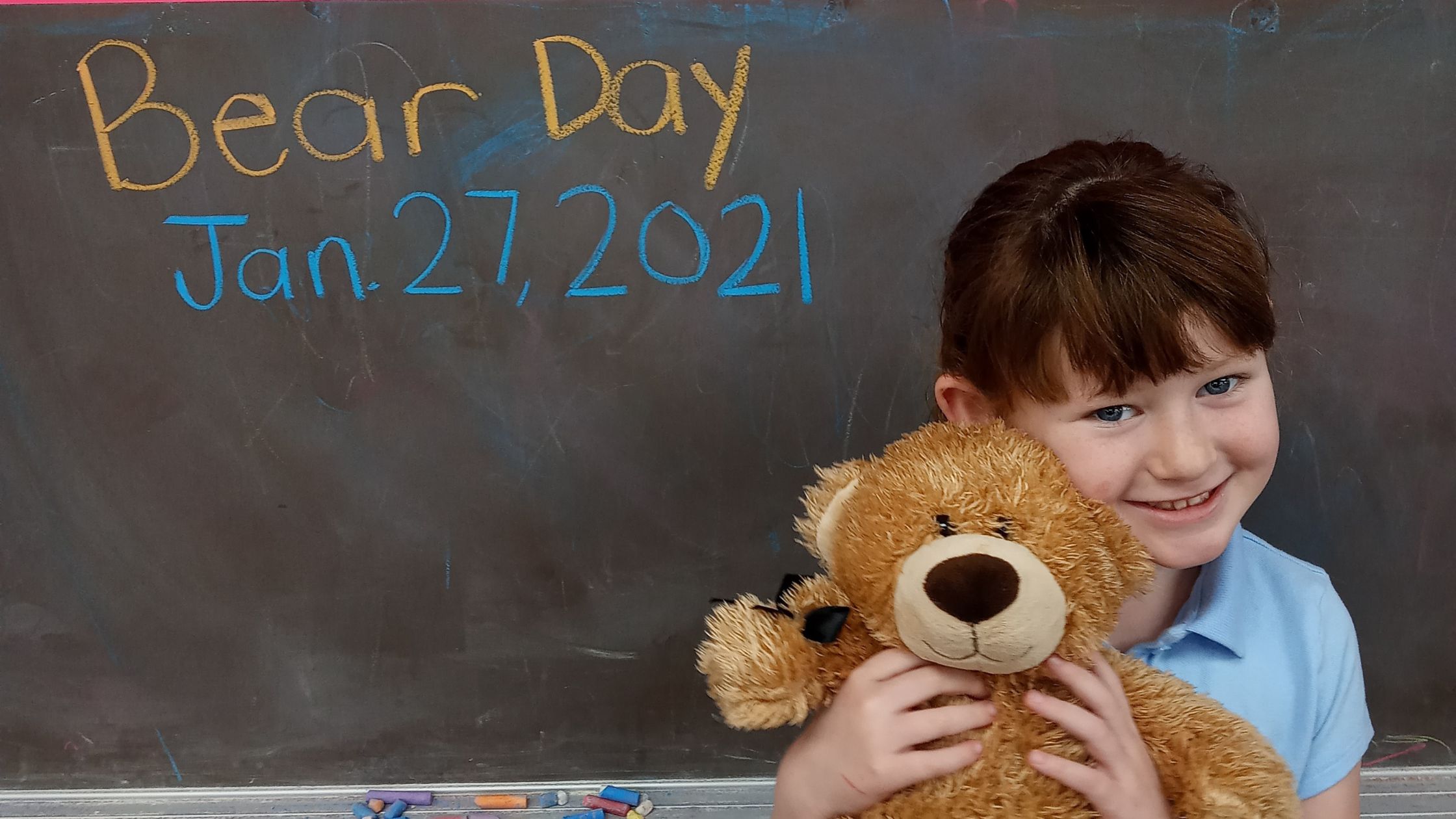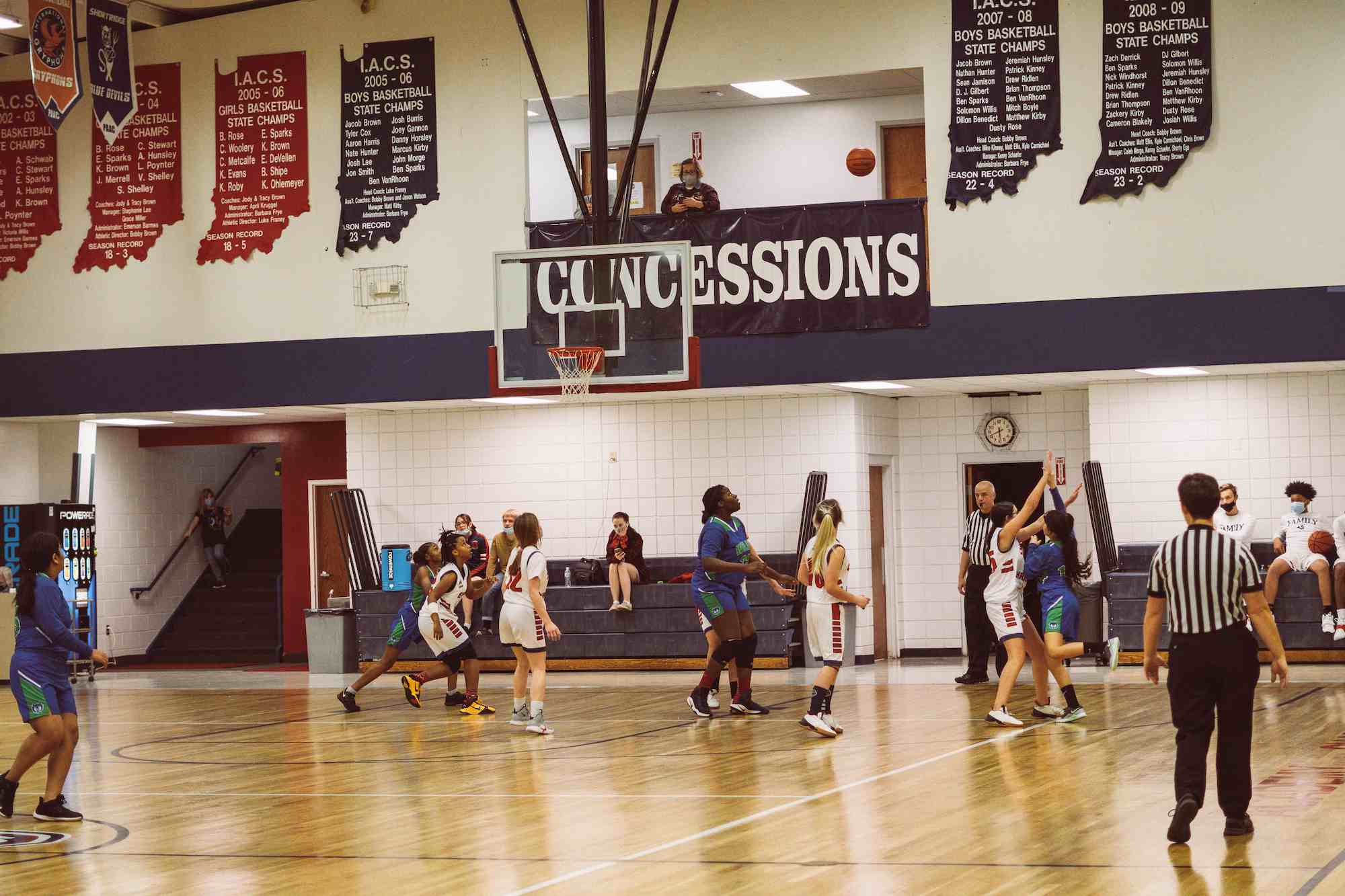Mastering communication in the classroom is not just about what’s said, but how it’s said and received. It’s about creating an environment where students feel empowered, engaged, and eager to learn.
When effective communication is unlocked, the classroom becomes a place where dreams take flight, and the pursuit of knowledge becomes a thrilling adventure.
We at Central Christian Academy will show you how a positive learning environment and good communication skills are crucial for clarity, engagement, motivation, conflict resolution, fostering inclusivity, and ultimately academic success.
Fundamentals of Classroom Communication
The classroom is not just for transferring knowledge it’s a crucible to encourage communication. Effective communication in the classroom involves both verbal and non-verbal elements and is essential for creating a productive and harmonious learning environment and developing communication skills.
Verbal Communication
Verbal communication between teachers and students is at the heart of classroom learning and positive relationships. Teachers must convey information, explanations, and instructions clearly and concisely. This is the foundation upon which students build their understanding of a subject, while encouraging students to ask questions in return fosters an interactive learning environment.
Students interacting with one another while being able to communicate effectively is equally important. This form of communication cultivates collaboration, shared learning, and interpersonal skills. Group discussions, peer teaching, and teamwork are forms of student-student interactions that encourage the sharing of ideas, insights, and future learning.
These interactions enable students to learn from their peers and develop essential social skills and conflict resolution.
Non-Verbal Communication
Body language is a powerful form of nonverbal communication that can either reinforce or contradict verbal communication. In the classroom, a teacher’s posture can convey confidence, approachability, and authority while maintaining a safe learning environment.
A teacher’s body language, standing tall, purposeful gestures, and maintaining eye contact can inspire respect, and attentiveness and help make concepts more understandable. While, exaggerated or inappropriate gestures can, however, be distracting.
Facial expressions as a means of communication in the classroom can significantly impact the learning environment. Smiles and warm expressions can create a welcoming atmosphere, and influence student behavior by making students feel comfortable and valued. Research shows that expressive facial reactions can convey enthusiasm and interest in the subject matter, which can be contagious and boost student engagement.
In the same breadth, reading students’ facial expressions allows teachers to gauge their understanding and emotional state, helping tailor their teaching approach.
The Role of Active Listening
Communication in the classroom is a two-way street. While the teacher imparts knowledge and information, active listening by both the teacher and students plays a pivotal role in the effectiveness of this exchange.
Importance of Active Listening
Active listening is a fundamental element of effective classroom communication for several reasons. When teachers and students actively listen, they absorb information more effectively and promote critical thinking. This results in better understanding and retention of the subject matter.
It helps to encourage student engagement while building trust and rapport. Active listening also ensures that conflicts are resolved amicably and respectfully, as all parties can express their concerns and perspectives. With a focus on character development, a private Christian school such as Central Christian Academy might be the best fit for you.
Techniques for Enhancing Listening Skills
Enhanced listening skills help teacher-student interactions by refining their listening skills, ultimately creating a more conducive learning environment. Here are two techniques that can bolster classroom communication.
Reflective Listening
This technique involves paraphrasing or summarizing what the speaker has said to ensure a mutual understanding. For teachers in the classroom, this can be highly effective. For example, a teacher might say, “So, what I hear you saying is that you’re struggling with this concept. Is that correct?” Reflective listening not only confirms understanding but also shows empathy and respect for the student’s perspective.
Clarifying Questions
Asking open-ended questions is an essential technique for both teachers and students. It encourages speakers to elaborate and provide more information, leading to deeper discussions. For example, a teacher might ask, “Can you tell me more about your idea?” This technique keeps the communication flowing and aids in comprehension.
Creating a Positive Classroom Environment
Imagine walking into a classroom where the atmosphere is so charged with positivity that it’s almost tangible. Where every student feels heard and learning is exciting. This positive space can be accomplished through effective communication in the classroom. It can be created through building trust and rapport as well as fostering inclusive communication.
Building Trust and Rapport
At the heart of every positive classroom is a foundation of trust and rapport. To achieve this, teachers should be approachable, actively listen to students, and be open to questions, concerns, and feedback. This helps students feel comfortable and valued. consistency, honesty, and integrity encourage transparency and help students to understand what is required of them.
A sense of security, mutual respect, and fairness helps create an environment where everyone feels equally valued.
Fostering Inclusive Communication
Inclusive communication is crucial in a diverse classroom. It ensures that all students, regardless of their background, feel welcomed, heard, and respected. By recognizing and celebrating diversity, students feel represented and feel that their experiences are valued.
Inevitably, sensitive topics may arise. Teachers should be able to create a safe space for students to discuss these subjects. This involves setting ground rules for respectful dialogue and acknowledging that it’s okay to have different opinions.
Encouraging students to listen actively and express their views constructively helps maintain a respectful classroom atmosphere.
Overcoming Communication Barriers
Effective communication is vital in the classroom, but various barriers can hinder the process. Overcoming communication barriers in the classroom involves both identifying common barriers and employing effective strategies.
Identifying Common Barriers
Two common barriers are language and technology. The differences in language proficiency among students or between students and the teacher can impede understanding greatly. The same is true of the integration of technology in the classroom. This can sometimes lead to technical issues or difficulties in using digital tools effectively.
Communication Strategies for Overcoming Barriers
Don’t be deterred by how daunting this fix may seem. As we are dealing with children we must take the time to ensure that the issue is handled with care. Here are a few communication strategies Central Christian Academy suggests to overcome these barriers.
For Language Barriers
- Differentiated Instruction: Tailor instruction to accommodate students with varying language proficiencies. Provide additional resources or explanations for students who need them, and challenge more advanced students with enriched materials.
- Use Visual Aids: Visual aids like diagrams, charts, and images can transcend language barriers by presenting information in a more accessible format.
- Bilingual Support: If available, enlist bilingual assistants or peer mentors who can help translate or clarify instructions for students with language barriers.
- Encourage Peer Support: Foster a collaborative classroom environment where students help each other. Encourage students to work in pairs or small groups, where stronger language skills can support those who need assistance.
- Language Development Activities: Implement activities that promote language development, such as storytelling, debates, and group discussions, to help students practice their language skills.
For Technological Barriers
- Preparation and Training: Ensure both teachers and students are proficient in using technology by offering training sessions. Teachers should be comfortable with the tools they are using and aware of potential issues.
- Backup Plans: Always have a backup plan in case of technological failures. Be ready to switch to an alternative method of teaching, such as traditional lecture or discussion, if technology is unavailable.
- Technical Support: Have access to technical support or resources in case issues arise during class. Knowing who to contact when problems occur can save valuable class time.
- Simplify Technology: Use user-friendly tools and platforms that are less likely to cause technical hiccups. Avoid complex software or hardware that may be prone to glitches.
- Clear Communication: Ensure students understand how to use the technology. Provide clear, step-by-step instructions and resources for troubleshooting common issues.
Leveraging Technology for Effective Communication
Leveraging technology in the classroom for effective communication involves integrating digital platforms, including educational apps and online collaboration tools. Educational apps offer personalized learning, engagement, and instant feedback, while collaboration tools facilitate real-time teamwork, global perspective, and efficient feedback.
This integration transforms the classroom into a dynamic space where students actively participate in their education, breaking down traditional boundaries of time and space. It empowers both teachers and students to shape the future of education in the digital age.
Tailoring Communication to Different Learning Styles
Tailoring classroom communication to different learning styles is essential for effective teaching and learning. It starts with first understanding that students can be visual and/or auditory learners. Visual learners learn best through visual cues, and written information while auditory learners absorb information best through listening.
For visual learners, incorporating visual aids, color coding, and written instructions enhances comprehension. However for auditory learners, engaging in discussions, lectures, audio resources, and collaborative activities is what fosters effective communication.
Adapting to these styles creates a more inclusive and engaging learning environment.
Communication and Classroom Management
In the classroom, effective communication is vital for classroom management. This involves setting clear expectations through rules and guidelines, consistently enforcing them, and providing feedback.
Additionally, managing conflicts, whether among peers or between teachers and students, requires teaching conflict resolution skills, clear protocols, empathy, and maintaining a supportive environment.
Effective classroom management, supported by communication in the classroom, creates a conducive environment for learning and personal growth.
Assessing and Providing Constructive Feedback
In the classroom, feedback is required for effective communication to take place. Feedback enhances understanding, motivates progress, fosters self-reflection, and builds confidence. It is the bridge that clarifies misunderstandings and helps teachers guide students toward a deeper understanding of the subject matter.
Strategies for Constructive Feedback
Two key strategies for providing constructive feedback include:
- Timely Feedback: Feedback should be provided promptly, be specific and constructive, align with learning objectives, encourage dialogue and revision, and facilitate a connection between actions and consequences.
- Encouraging Student Feedback: Students should be encouraged to provide feedback on teaching methods and classroom dynamics. This includes peer feedback and self-assessment, which empowers students to play an active role in their learning journey.
Conclusion
Effective communication in the classroom is essential for creating a positive and productive learning environment. It is a multifaceted process that demands ongoing effort and a commitment to adapt and improve.
Central Christian Academy is sure that by embracing these principles and taking action to continuously enhance communication, we can create enriching and inclusive educational environments for all students.

